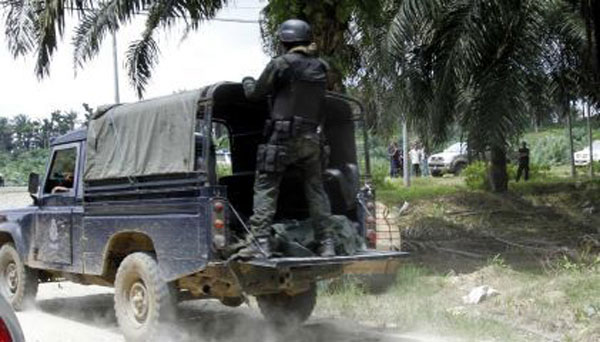
First off, we here at CIMSEC have declared the month of March to be Membership March. As such, the aim of Membership March shall be to motivate members who have not previously posted in our NextWar blog to put fingers to keyboard and type something up. We hope to bring you, our readers and members, new, unique, and insightful perspectives on the maritime issues of the day – and we want to make sure none of our members are too bashful to share their valued says.
If you’re seeing this and fall into this category – now’s a good moment to consider whether you have the time to write a few sentences or paragraphs on that one good idea or thought you had, or respond to that interesting thought someone else had, or heck, even just throw up a link to an interesting site or resource. Members – we’ll be in touch.
Second, our friends over at the U.S. Naval Institute (USNI) are running two essay contests that should be right up our readers’ alley(s):
1. The Finmeccanica North America 2013 Global Defense Burden Essay Contest, with top prize of $5000 and a 1-year USNI membership, on the subject of sharing the Global Defense Burden:
The contest will advance a high-level discussion about the future of technology and operational burden sharing. Capable allies of the United States, and our NATO partners in particular, are independently developing highly sophisticated new capabilities. How will the crucial partnerships involved set the stage for meaningful progress? This essay contest will examine the impact of sharing these technologies among allied naval forces as a bi-directional process. Contest submissions may also consider implications for joint forces. Papers will consider the opportunities, advantages and challenges. Contestants will be urged to consider historical examples and relate them to future scenarios.
2. The Mine Warfare Association 2013 Naval Mine Warfare Essay Contest, with top prize of $1000 and a 1-year USNI membership, on the subject of mine warfare:
To encourage an ongoing discussion concerning the strategic impact of mining, mine countermeasures operations, unmanned vehicle utilization in mine warfare, new technologies that could improve mining or mine countermeasures, and improved concepts of operations.




